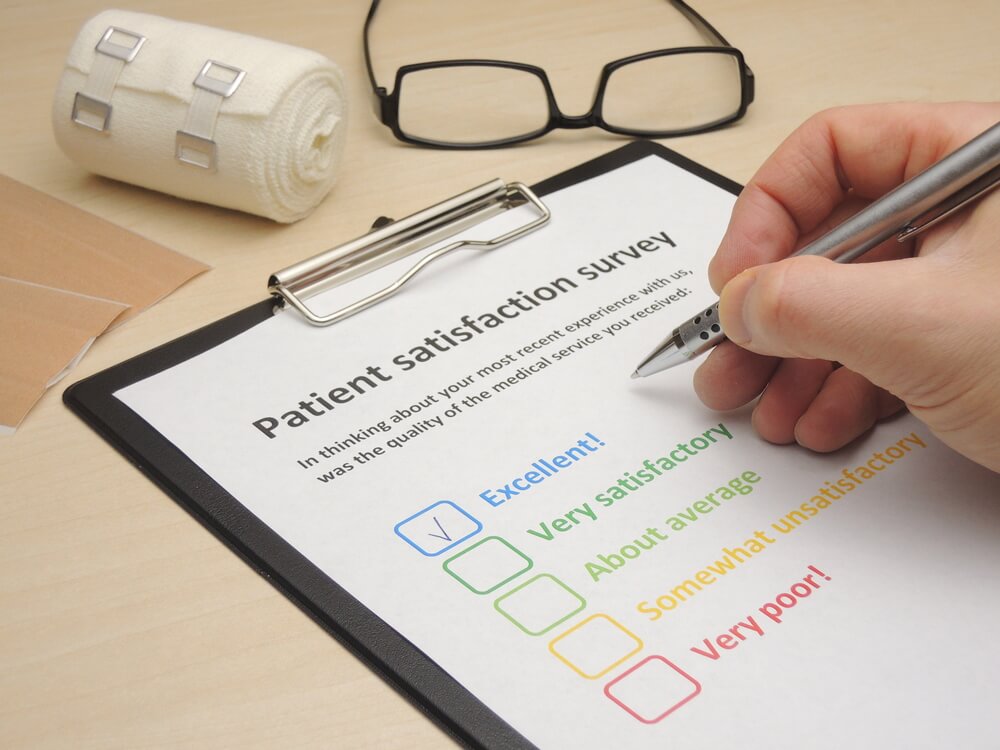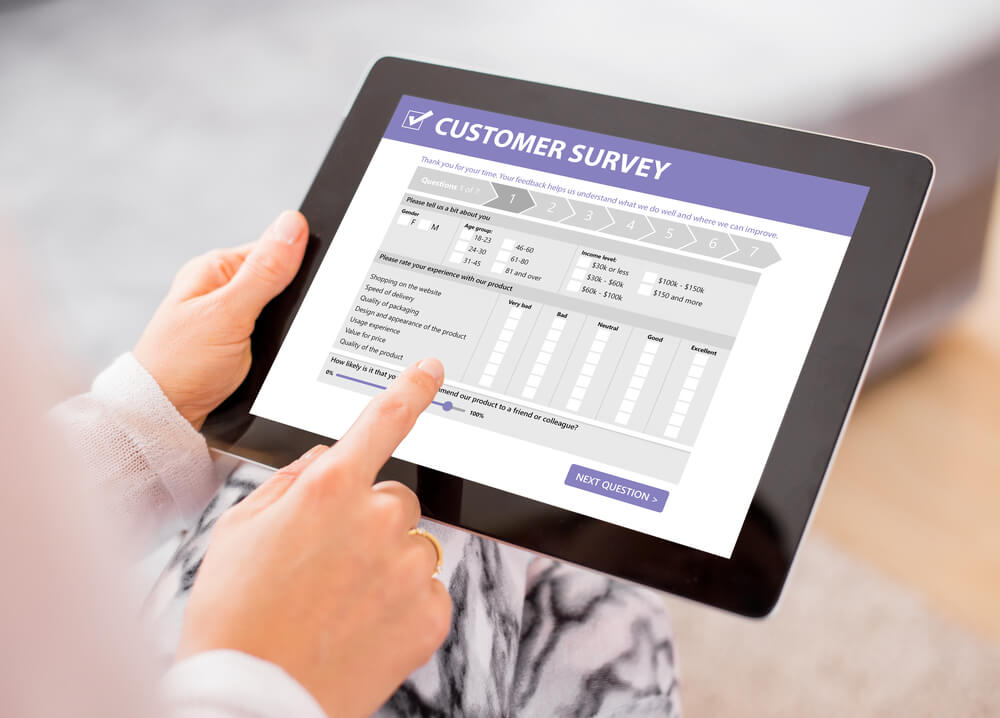Physician reimbursement rates continue to fall, while what little reimbursement they do receive is tied heavily to patient satisfaction scores. While this might once have been a problem that only hospitals had to worry about, it has now come to affect practices of all sizes; and getting those scores up is becoming harder than ever.
Healthcare hasn’t always been at the forefront of providing the best possible customer experience, and patients are now beginning to compare this experience to the one they receive in other settings, such as retail. Due to these comparisons, patients are now coming to expect the same level of customer service within healthcare, the lack of which can lead to lower patient satisfaction. A lower satisfaction rate means lower reimbursement.
With their increasing importance, it is more important than ever before for providers to be able to track patient satisfaction scores. Follow this simple guide to effectively manage these scores and find areas through which they can be improved.
Keep it simple

When creating your own patient satisfaction surveys, one benefit is the ability to control the length and content. Preferably, no such survey should take longer than five minutes to complete and should be focused on a single topic, rather than multiple. The topics can include recent visits or recent changes that they may have noticed in the clinic.
Timeliness

Time is of the essence when it comes to certain survey topics. Post-visit surveys must be sent out within 24, or at the most 48, hours. It should reach patients while the experience is still fresh in their minds.
Hard data

Survey questions should not be too open-ended; hard data and facts must take precedence. This makes the results easier to analyze and interpret, though some space should be left for any additional comments respondents might have. You can use multiple choice or “yes or no” questions for this purpose.
Digitization

Like all other facets of running a healthcare practice, surveys are best managed digitally. They are easier to fill out and far more convenient to return. This serves as a win-win situation for all involved. Digital platforms also offer a variety of features, such as automated surveys, personalization, and instant viewing of results.
Focus on problem areas

When evaluating their experiences, the patients would have been affected by certain aspects more than others. . Surveys should focus on these specific areas in order to identify where improvements can be made:
- Experience with office staff
- Scheduling issues
- Communication issues
Ask good questions

The survey is also a great opportunity to ask clear, direct questions to further hone in on areas that need improvement. These questions could include:
- Where the staff friendly?
- Was it easy to book an appointment?
- Did the practice communicate through your preferred method?
Answers to direct questions like these will quickly identify problem areas; low scores on the question related to staff friendliness indicates that this area needs to be improved.
Implement changes

Now that feedback has been collected, the real process begins; analyze all of the responses for problems, and implement changes that attempt to resolve these problems.
Follow up

Simply making changes is not enough, however. Once the changes have been implemented and practice staff has settled into the new routines, start surveying patients again to see how they feel about these changes. Make these surveys specifically about newly implemented changes, to gauge patient reactions and whether or not they are satisfied. Not only does this follow-up serve as a way of measuring the success of the changes, it also shows patients that the practice is committed to making improvements.

Join the Discussion!